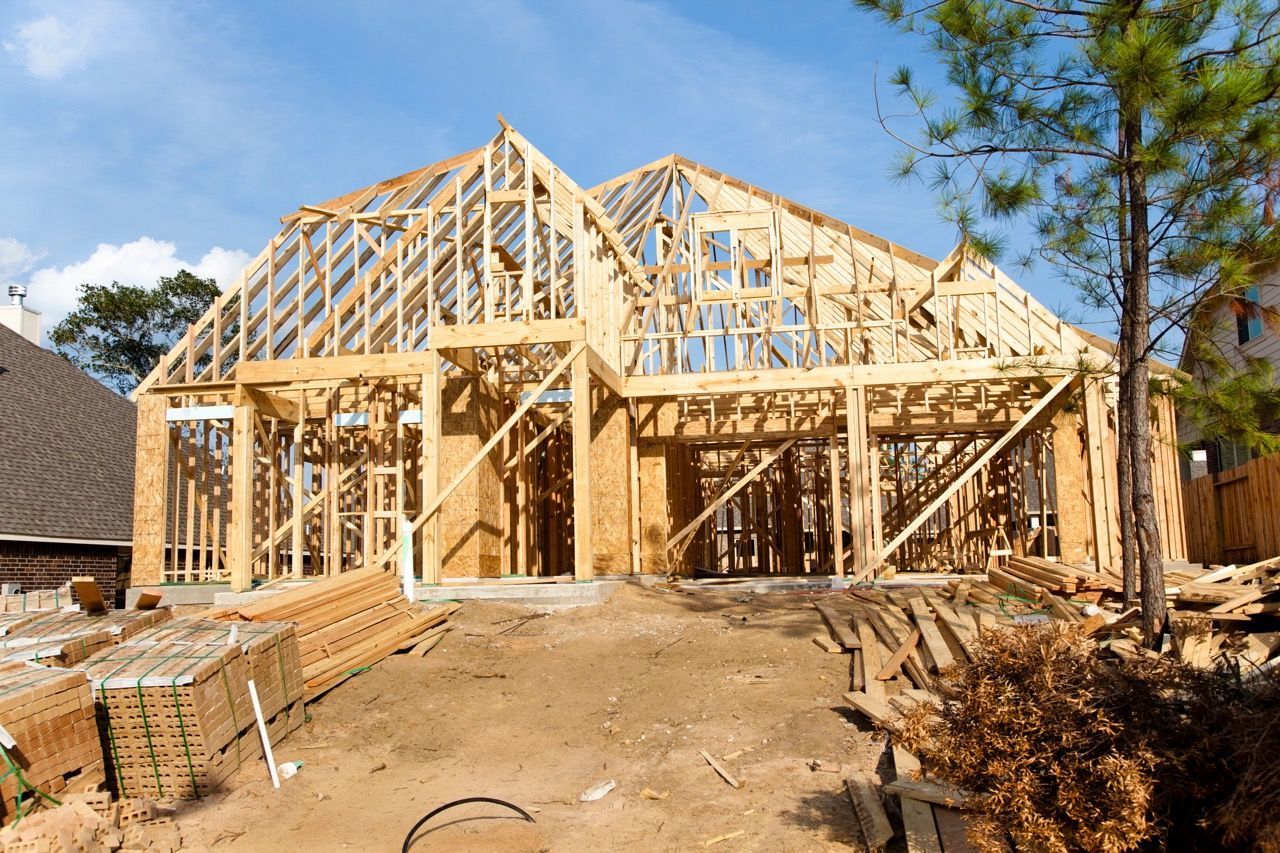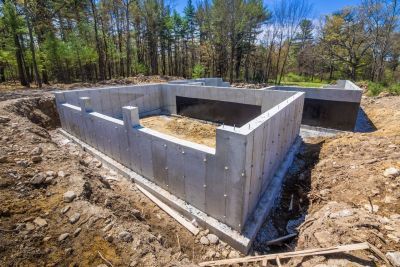How Natural Soil Compaction Causes Concrete to Settle
September 8th, 2023 | 3 min. read
By Sarah Etler

Learn why natural soil settlement is to blame for many cases of sunken concrete.
You've invested time, money, and lots of hard work in perfecting your patio and meticulously maintaining your driveway. But over time, you’ve noticed an unwelcome change – trip hazards and uneven slabs.
Behind this frustration lies a hidden culprit: natural soil compaction – one of the many reasons concrete settles. Over the last 30 years here at A-1 Concrete Leveling, we’ve seen time and time again how this natural phenomenon works against concrete.
In this article, we'll uncover just how natural soil compaction can cause your concrete to sink, how long it can take, whether or not it can be prevented, and how concrete leveling can be a simple solution to this big problem.
What Is Natural Soil Compaction?
Over time, soil that has been loosened or disturbed will settle and compact down naturally. The soil particles that have been moved around and aerated will eventually be pulled down with gravity and water, densifying into a compact mass rather than loose soil.
If you’ve ever repotted a plant, you know what this looks like. At first, the new potting soil is fluffy and airy after being dug out of the bag and placed into the pot. But with time and regular watering, the soil around the plant compacts and settles.
New Construction
During the construction of new buildings and houses, there’s almost always a significant disturbance of the soil due to the grading and foundation-building processes.
It's common practice to excavate around 6 to 10 feet from the entire perimeter of the foundation to ensure job site safety, and entire sections of a property can be dug out to make room for driveways or walk-out basements.
While this is a necessary part of the construction process, it introduces a challenge: the loose soil used to backfill around the home must settle again after being disturbed, and this becomes a problem when there's concrete on top.

How Does Natural Soil Compaction Cause Concrete to Settle?
When concrete is placed on top of soil that hasn't had the necessary time to compact or settle, the soil continues to settle over time, and the concrete slab on top goes down along with it, becoming out of level and creating trip hazards.
Think of the flower pot example from before. Imagine installing a tiny pad of concrete on top of the loose and fluffy soil after potting your plant. With a little time and exposure to water, the soil in the flower pot would settle and compact. And the tiny concrete pad would sink right along with the settling soil.
How Long Does It Take for Soil To Settle Naturally?
On average, it takes between 5 to 10 years for disturbed or loosened soil to naturally settle and compact. However, consistent water exposure can expedite this settling process.
If you install concrete on soil that has been majorly disturbed within the last 5 to 10 years, you run a high risk of your concrete settling.
Can Natural Soil Settling Be Prevented?
Technically speaking, natural settling can be reduced with proper soil compaction techniques, like rolling or ramming the loose soil, or by backfilling deep, large areas with dense rock instead of 100% soil. However, it can be very difficult to compact soil enough to prevent natural settling altogether.
Even though soil rolling and compacting can help, these practices are becoming less common in residential home builds.
It’s also important to point out that compacting soil is not a guaranteed step in the concrete replacement process, so even though it is possible to reduce the natural settling that happens with new concrete, it’s not common.
How To Fix Settled Concrete Due to Natural Compaction
Concrete leveling is a great way to fix concrete that has settled due to the natural compaction of the soil underneath.
The concrete leveling process works by drilling holes in the sunken slabs and injecting a material underneath that fills the space left by the settled soil and lifts the concrete back up into the proper position without further disturbing the soil.
This is ideal as the soil can continue to go about its natural settling and not start from square one, as it would have to with freshly loosened soils as a possible result of the concrete removal and replacement process.
As long as the concrete slabs are in good condition, concrete leveling can usually get them back to the right spot. And if they do resettle as the soil continues to compact, concrete leveling can be repeated if necessary, oftentimes using the same drill holes from the original lift.
Your Next Steps
Now that you know more about the impact natural soil compaction has on whether or not your concrete settles, you're more equipped to make informed decisions about your concrete.
But don’t stop here! Natural soil compaction is just one of the common reasons that concrete settles. Learn about the other reasons with these additional resources:
- Why Concrete Settles
- How Soil Erosion Causes Concrete To Settle
- What To Do About Tree Roots Lifting Concrete Slabs
If your concrete is settling and you think natural soil compaction – or any other cause – is to blame, concrete leveling can be a great solution to lift it back up to the right position.
Interested in learning more about how concrete leveling can help? Click the link below to schedule a free onsite estimate with the A-1 Concrete Leveling team closest to you!
Click Here to Find Your Nearest Location and Receive a FREE Estimate
Sarah Etler joined A-1 Concrete Leveling after receiving her Bachelor of Arts degree in English from Northern Kentucky University. As A-1's Content Marketing Manager, she works closely with industry experts to produce content that will best answer questions related to concrete repair and maintenance practices. Sarah loves living a life full of discovery and is excited every day to see what new things she can learn and share with those around her.